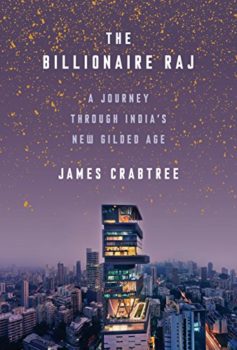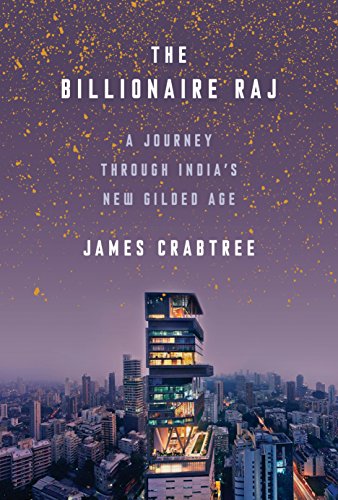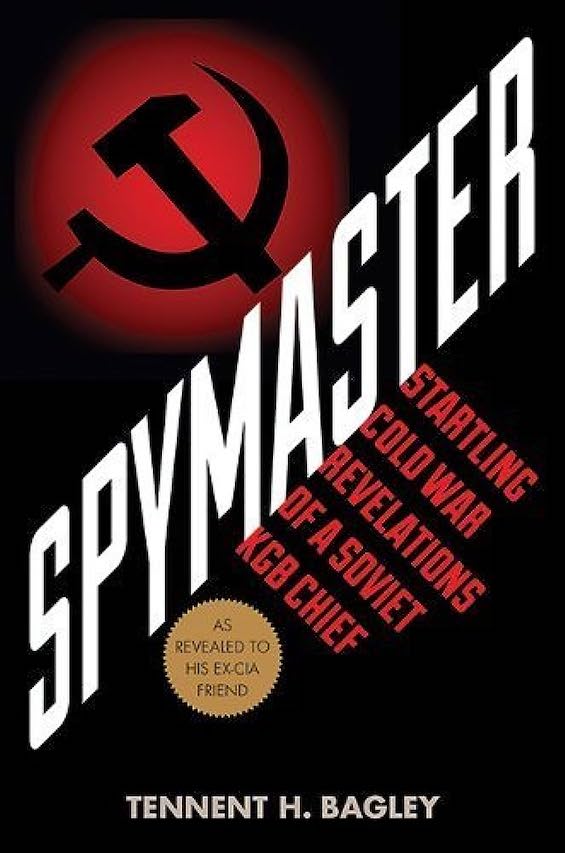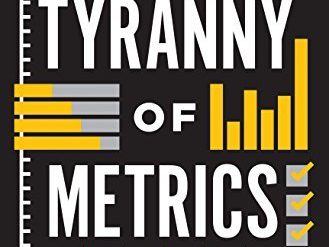
The Biltmore Estate sprawls across 8,000 acres in Asheville, North Carolina. With 179,000 square feet, the former residence of George Vanderbilt is the largest private home in the United States. Few private residences anywhere rival the sheer ostentation of the Biltmore Estate.
Estimated reading time: 4 minutes
The most glaring exception is the home of Indian billionaire Mukesh Ambani. Antilia rises 160 meters (525 feet) above South Mumbai and encompasses 400,000 square feet. Ambani built the 27-story home at an estimated cost of nearly $2 billion. A staff of 600 keeps it running round the clock. Antilia thus exemplifies the over-the-top excess on display in contemporary India. But it’s merely one of innumerable examples of the lifestyle of so many of the country’s more than 100 billionaires.
Little wonder, then, that British journalist and strategic analyst James Crabtree would characterize the era as “India’s New Gilded Age” in The Billionaire Raj.
The Gilded Age analogy is apt, and Crabtree builds on it throughout his thoroughly researched account. The focus in his book is on the men who dominate India’s industrial economy and the politicians who have enabled them. Above all, The Billionaire Raj is a story of corruption. The collusion between government and industry in 21st-century India mirrors that in late 19th-century America before the Progressive Era began to put the brakes on. Prime Minister Narendra Modi had been widely expected to play a role much like that of President Theodore Roosevelt in reining in the super-rich. To be fair, the most excessive examples of corruption do seem to have been eliminated. But the economic reforms long expected from Modi have yet to materialize.
The Billionaire Raj: A Journey Through India’s New Gilded Age by James Crabtree (2018) 386 pages ★★★★★
Is India’s new Gilded Age a temporary condition?
Crabtree notes that “the Indian subcontinent had been the planet’s largest economy for most of the last two millennia.” The Industrial Revolution changed that by shifting much of the planet’s wealth to the West. However, in the 21st century, the tide is turning back to Asia. Crabtree speculates that either India or China might rise to the top of the world’s economic heap by the middle of this century. He seems to be betting on India to win this race. But the problems he highlights in The Billionaire Raj cast doubt on this speculation. The country’s new Gilded Age does not lay a firm foundation for continuing rapid growth.
Economic inequality and its consequences
One of the country’s greatest challenges is economic inequality. “India should now rightly be viewed alongside South Africa and Brazil as one of the world’s least equal [large] countries,” Crabtree writes. While India’s billionaires live in sybaritic splendor, hundreds of millions of people languish in poverty-stricken rural communities and teeming slums. (Reliable statistics about poverty in India are hard to come by. Sources differ widely. But it’s likely that at least half of the country’s population, or 600 million people, live on less than $2 per day.) As the country’s resources shift upwards to the fraction of 1% at the top of its pyramid, the untapped talent and energy of the poor remain a drag on India’s potential. It’s hard to imagine that changing. After all, “only one percent of Indians pay any income tax at all.”
Colorful portraits of the country’s nouveau riche billionaires
In The Billionaire Raj, you’ll meet some of the most colorful characters to be found anywhere. Most are industrialists. Some are politicians. Some are both. You’ll meet the “Branson of Bangalore” and the movie star who ably managed a state of 60 million people for decades. (She was so beloved that some of her followers committed suicide when she died.) And you’ll meet the airline and liquor tycoon who lives in exile in England to escape prosecution for debts he left when his empire collapsed at home. None of these are people you or I might ever have the opportunity to meet. But Crabtree got to know them.
About the author
From 2011 to 2017, James Crabtree was the Mumbai bureau chief for the Financial Times. At this writing, he is an associate professor at the Lee Kuan Yew School of Public Policy in Singapore. Prior to entering journalism, Crabtree was a senior policy advisor in the UK Prime Minister’s Strategy Unit under Tony Blair and Gordon Brown.
For related reading
This is one of the Good books about India, past and present that I’ve reviewed on this site. It’s also one of the Good books about billionaires.
Not long ago I reviewed Incarnations: A History of India in Fifty Lives by Sunil Khilnani. You can find my review at Indian history portrayed through biography. I’ve also reviewed many excellent novels about India. You can find them by typing the country’s name into the search box in the upper left-hand corner of the home page.
Like to read books about politics and current affairs? Check out Top 10 nonfiction books about politics.
And you can always find my most popular reviews, and the most recent ones, on the Home Page.


























